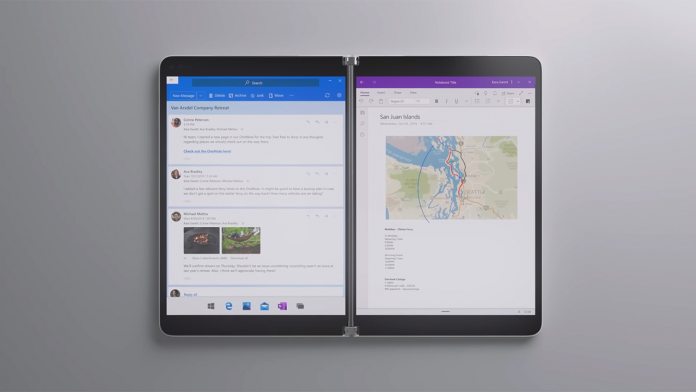That’s according to Microsoft watcher Zac Bowden, who says Windows 10X build 20279 is the finalized version. Over the coming months until release, Microsoft will preview the build focusing on bug fixes and performance improvements. It also seems Microsoft is not going to sell Windows 10X as a standalone SKU. In other words, customers cannot buy it for their current PC. Instead, the platform will be exclusive to shipping pre-installed on laptops and desktops. Microsoft has been promising a 2020 launch of Windows 10X since the introduction of the platform last year. Now it seems a spring launch alongside Windows 10 21H1 is on the cards. Is 10X in danger of running out of steam before it launches?
— Zac Bowden (@zacbowden) December 11, 2020
Changing Dynamic
We also already know the platform won’t be on dual-screen laptops at launch, which is arguably its biggest selling point to the casual consumer. Microsoft said it would launch this year alongside the Intel dual-screen Surface Neo. That launch was supposed to happen alongside the (now already released) Surface Duo. Microsoft later said the Surface Neo has been postponed, although the company insists not cancelled outright. The COVID-19 pandemic forced the company to revaluate the needs to customers. With that in mind, Microsoft said Windows 10X would debut on single screen laptops. “With Windows 10X, we designed for flexibility, and that flexibility has enabled us to pivot our focus toward single-screen Windows 10X devices that leverage the power of the cloud to help our customers work, learn and play in new ways. These single-screen devices will be the first expression of Windows 10X that we deliver to our customers, and we will continue to look for the right moment, in conjunction with our OEM partners, to bring dual-screen devices to market,” Microsoft’s product head Panos Panay said previously. As we reported last week, Windows 10X will support 64x applications for Windows 10 on ARM. As a modular version of Windows 10, the new platform can work across form factors, including devices with low power.




